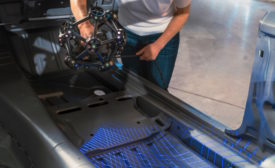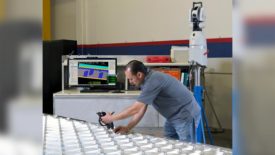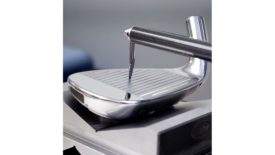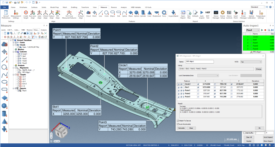Home » Keywords: » 3D measurement
Items Tagged with '3D measurement'
ARTICLES
Measurement
Soaring to Success: How Laser Tracker Tech Enhances Maintenance, Repair and Overhaul Operations in the Aerospace Industry
3D laser scanning tools, like laser trackers in general, are helping radically improve the safety of an assortment of vehicles that take to the sky or space.
August 18, 2024
NDT | Automation
Enhancing Metrology through Automation: Elevating Quality and Cycle Time in Precision Manufacturing
The aerospace industry is one example of where the marrying of automation and metrology is being adopted to elevate product quality and operational excellence.
June 14, 2024
Measurement
Measuring Thickness Using Model-Based Metrology Software
Measuring and verifying the thickness of features is more critical than ever before.
January 26, 2024
Measurement
The Crucial Role of Support and Service while Investing in Multi-Sensor Metrology Equipment
In today’s fast-paced industrial environment, the right support and service can make all the difference between a successful investment and a costly disappointment.
December 29, 2023
Measurement
The Multifaceted World of Surface Measurement
Whether measuring surfaces for household products or surgical implants, surface finish measurement is necessary to optimize key product attributes, ensure safety, and comply with regulatory standards.
August 22, 2023
EVENTS
Webinar
11/8/23 to 11/8/24
Contact: Meg K.
Smart 3D Measurement Planning – It’s Easier Than You Think!
Stay in the know with Quality’s comprehensive coverage of
the manufacturing and metrology industries.
eNewsletter | Website | eMagazine
JOIN TODAY!Copyright ©2024. All Rights Reserved BNP Media.
Design, CMS, Hosting & Web Development :: ePublishing









